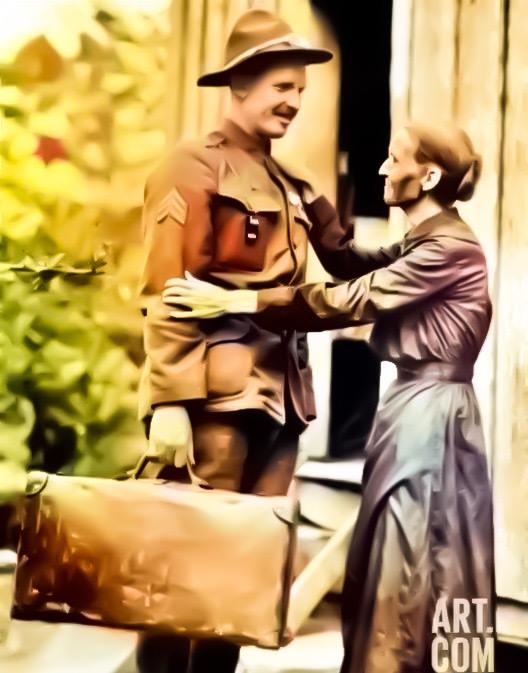General George Pershing called him the greatest civilian soldier of World War I and pinned the Medal of Honor on his chest. Marshall Ferdinand Foch awarded him the Croix de Guerre with palms and said his exploits in the Argonne were “the greatest thing accomplished by any private soldier of all the armies of Europe.” New York City threw him a ticker tape parade and named an avenue after him. The army celebrated the 100th anniversary of the Tennessean’s exploits by making him a comic book hero.
Gary Cooper played him in a movie, and his face has been stamped onto a silver dollar.
But have you ever seen the statue of Alvin C. York aiming his rifle into obscurity on the back lot of the state capitol?
Me neither.
So why not cast a bust and put him inside the building, in the high-traffic spot now occupied by Nathan Bedford Forrest?
“Old Bed’s” bust was placed on a marble pedestal outside the state Senate chamber in 1978 through to the efforts of state Sen. Doug Henry, a courtly Nashville Democrat who wore seersucker suits in the springtime and habitually chomped a stubby cigar. A non-practicing attorney and heir to the Life and Casualty Insurance fortune, Henry was assiduously polite and spoke with a drawl that made Foghorn Leghorn sound like a Yankee. His friends called him “Duck” because he waddled.
One of the most conservative members of the General Assembly, Henry dedicated himself to holding the line against the indignities of the modern age. A couple of years after the bust of Forrest went up, Henry campaigned to have the portrait of Reconstruction Gov. Parson Brownlow removed from the state house. Brownlow, an ardent Unionist, is the reason Tennessee was the first Confederate state to rejoin the union, and was loathed by Southern sympathizers. The story that the portrait was stained with tobacco juice from being spat upon is a good one, but isn’t true, by the way – it’s water damage, not contempt, that marred the painting. When asked to explain, Henry said children shouldn’t have to look upon a rapscallion like Brownlow.
Henry justified installing Forrest’s bust as a complement to a statue of Admiral David Farragut that already stood in the capitol– the Wizard of the Saddle to go with the Damn the Torpedoes guy, a solider and a sailor.
York was an enlisted man – dirt poor, uneducated and not much more than a boy when he went to war. He thought hard about whether he’d even go at all, since his religion commanded him not to resort to violence. After the war, he didn’t cash in on his celebrity status, except to mount a national campaign to raise money for a school for mountain children of Fentress County (York Institute, the only public school funded by the state of Tennessee, is the fruit of his labor). He died broke, nearly blind and universally loved.
Nathan Bedford Forrest was born poor, but made up ground by buying and selling human beings. He died rich. A military genius and an expert horseman – his post-war KKK cohorts paid homage to his wartime reputation when they created the title Grand Wizard – he also earned a reputation for exceptional brutality. Although his defenders say he attempted to make amends after the war, his occupation as a slave trader should disqualify him from a spot of honor in our seat of government.
Betty Bean is a veteran reporter for Knox and Sevier counties. Reach her at bbeanster@aol.com.

